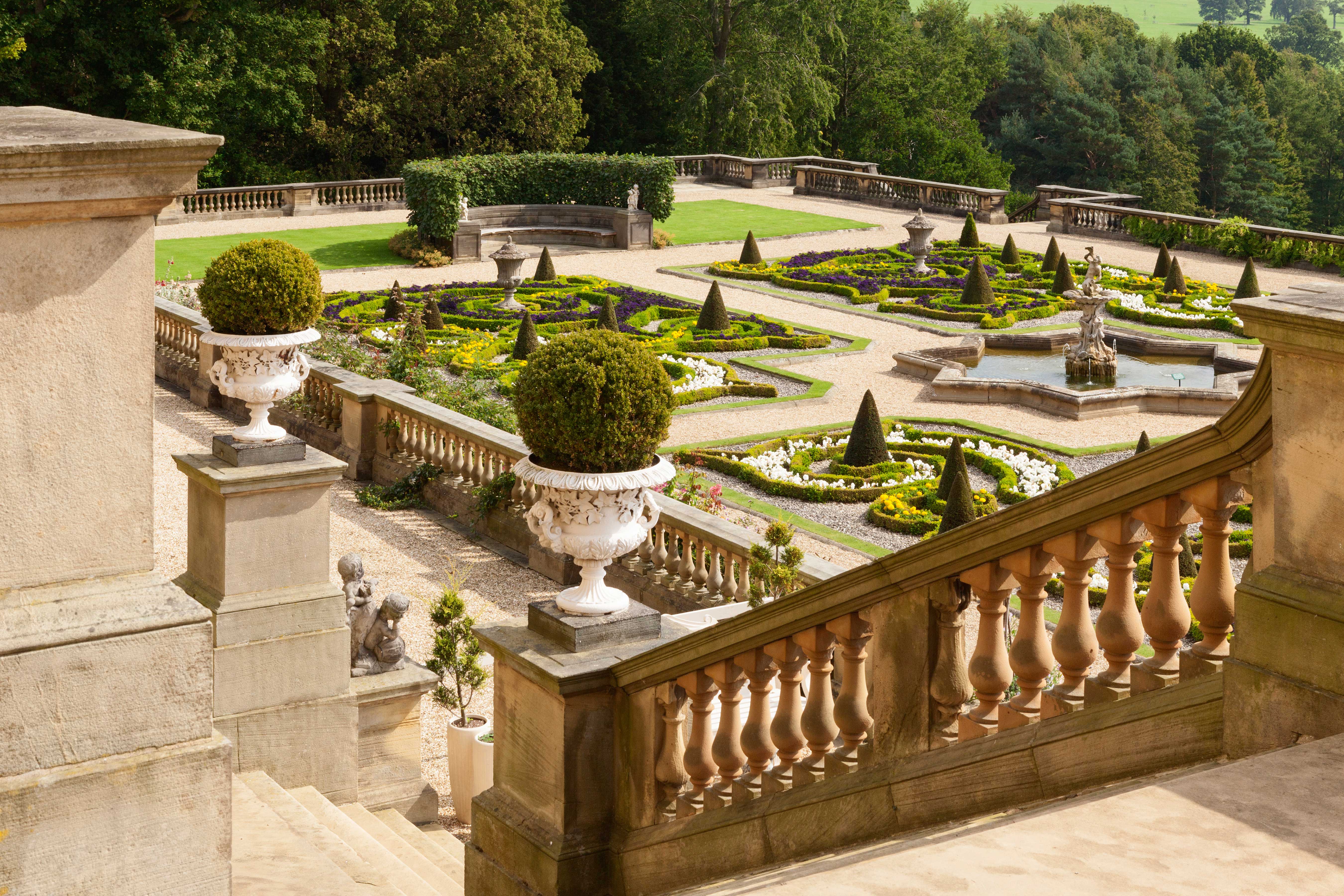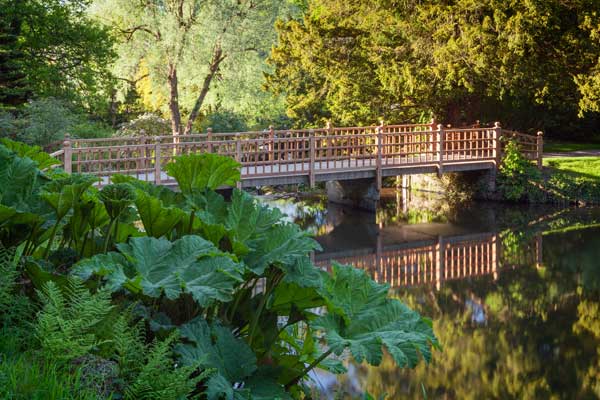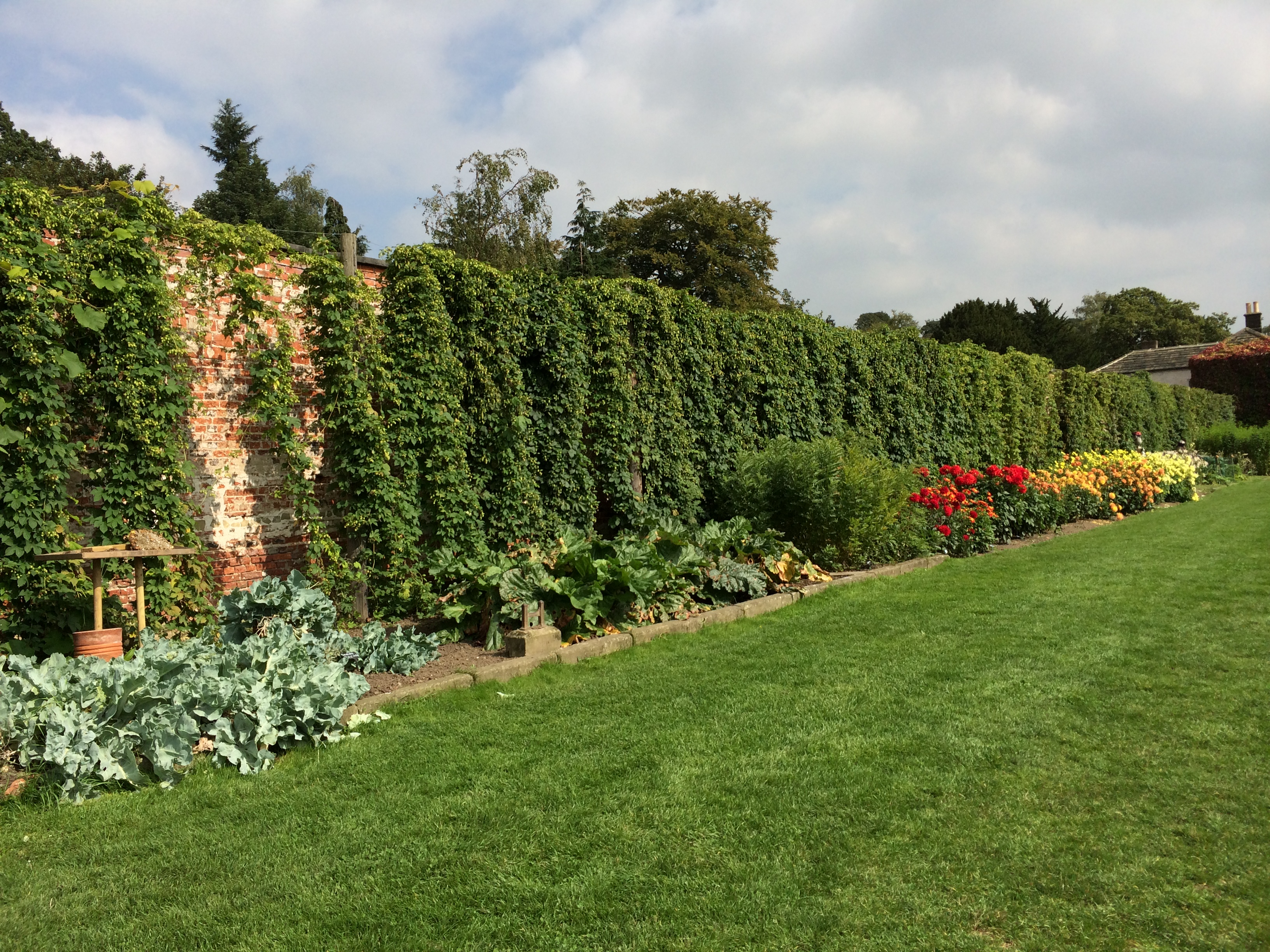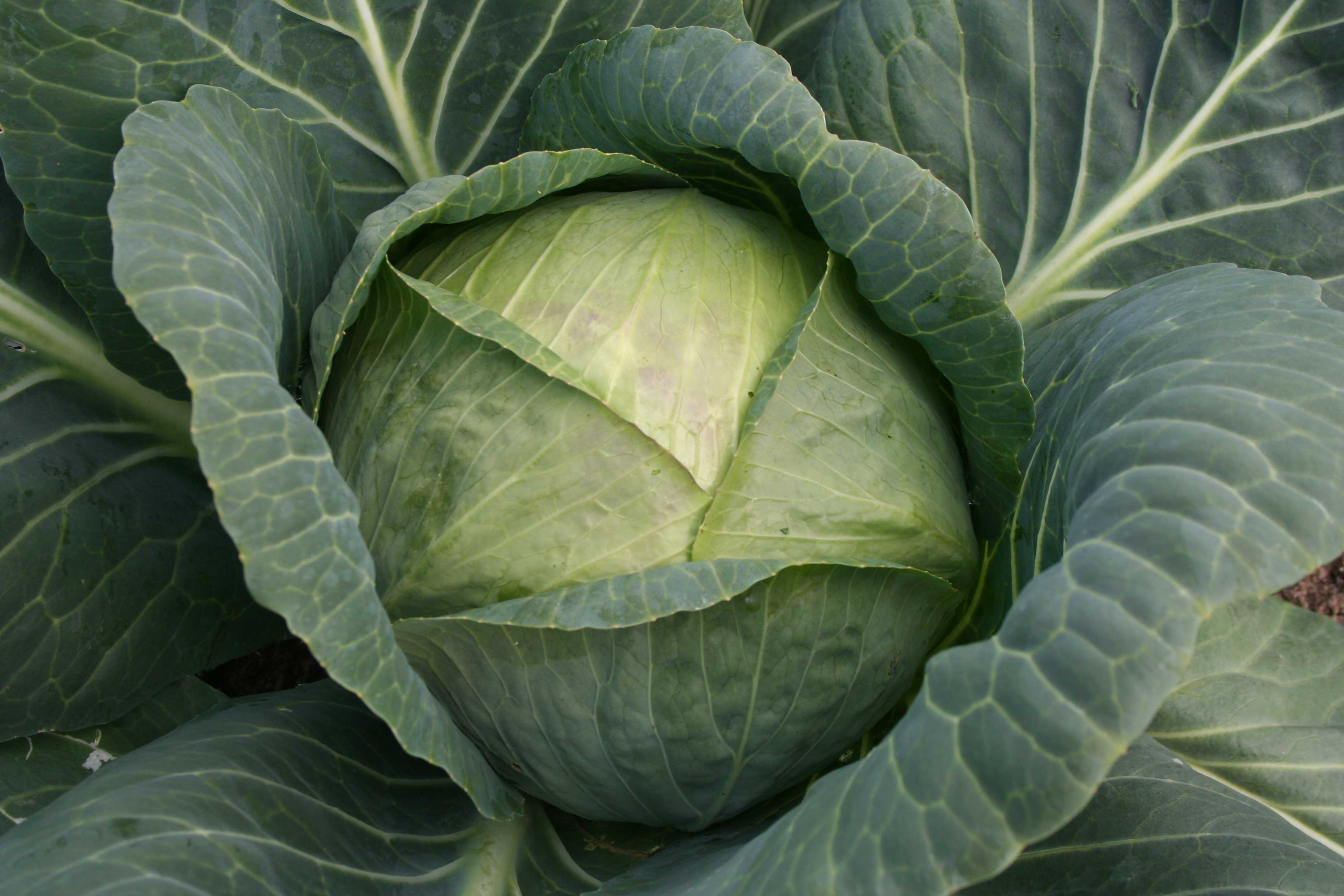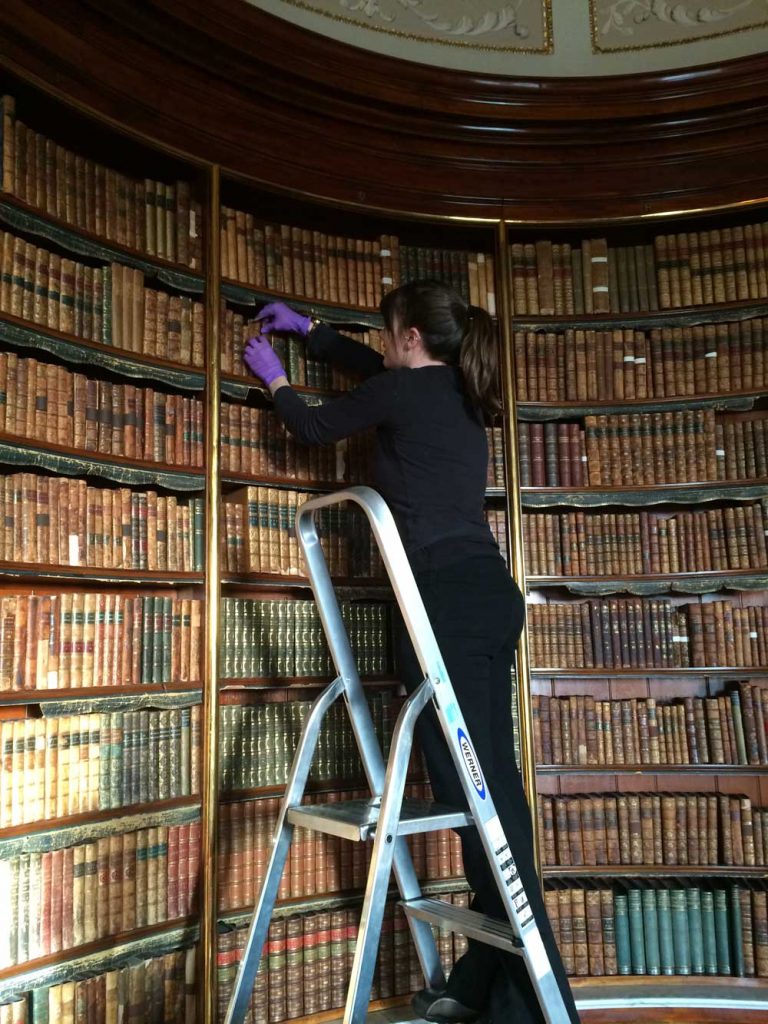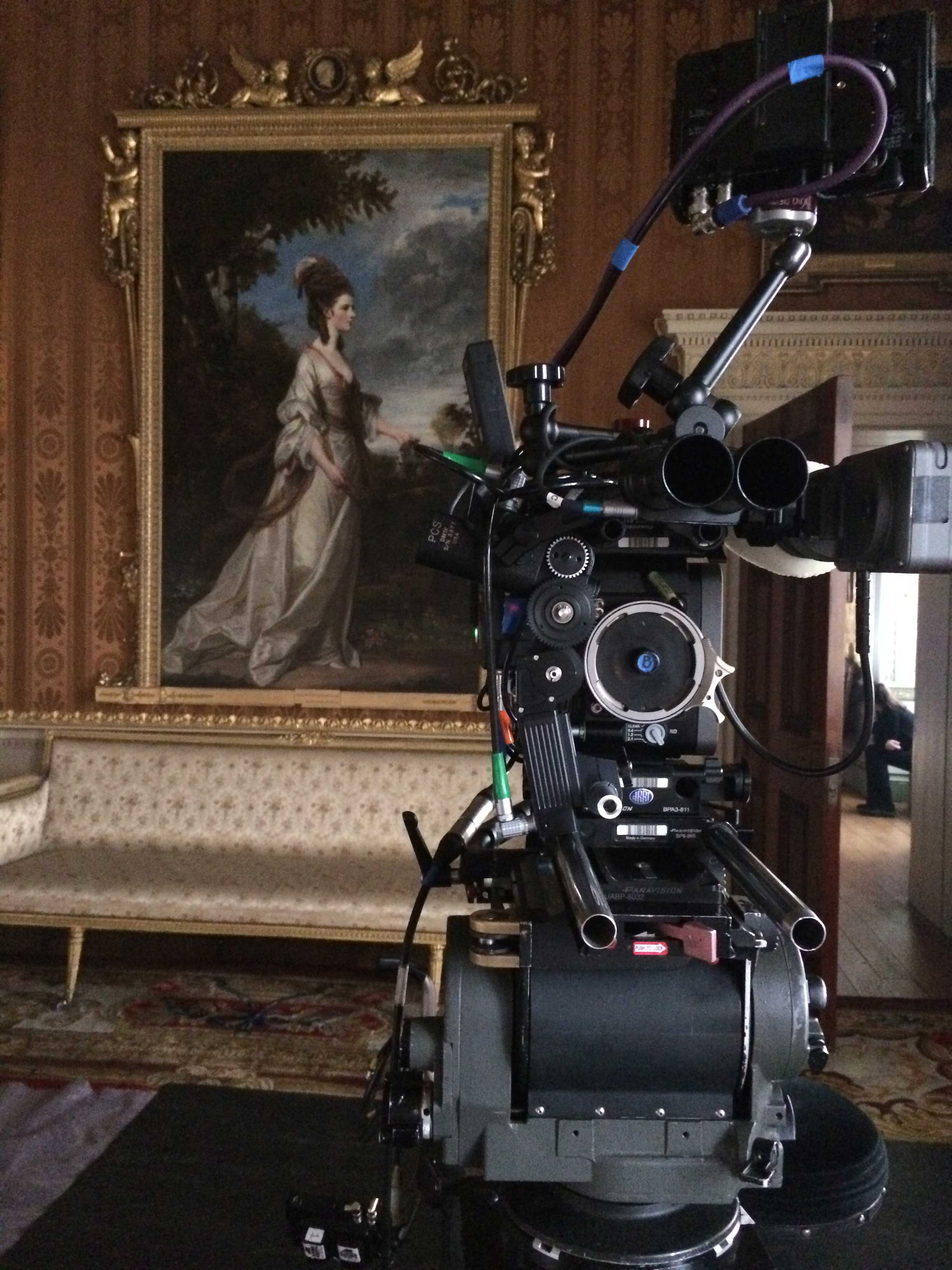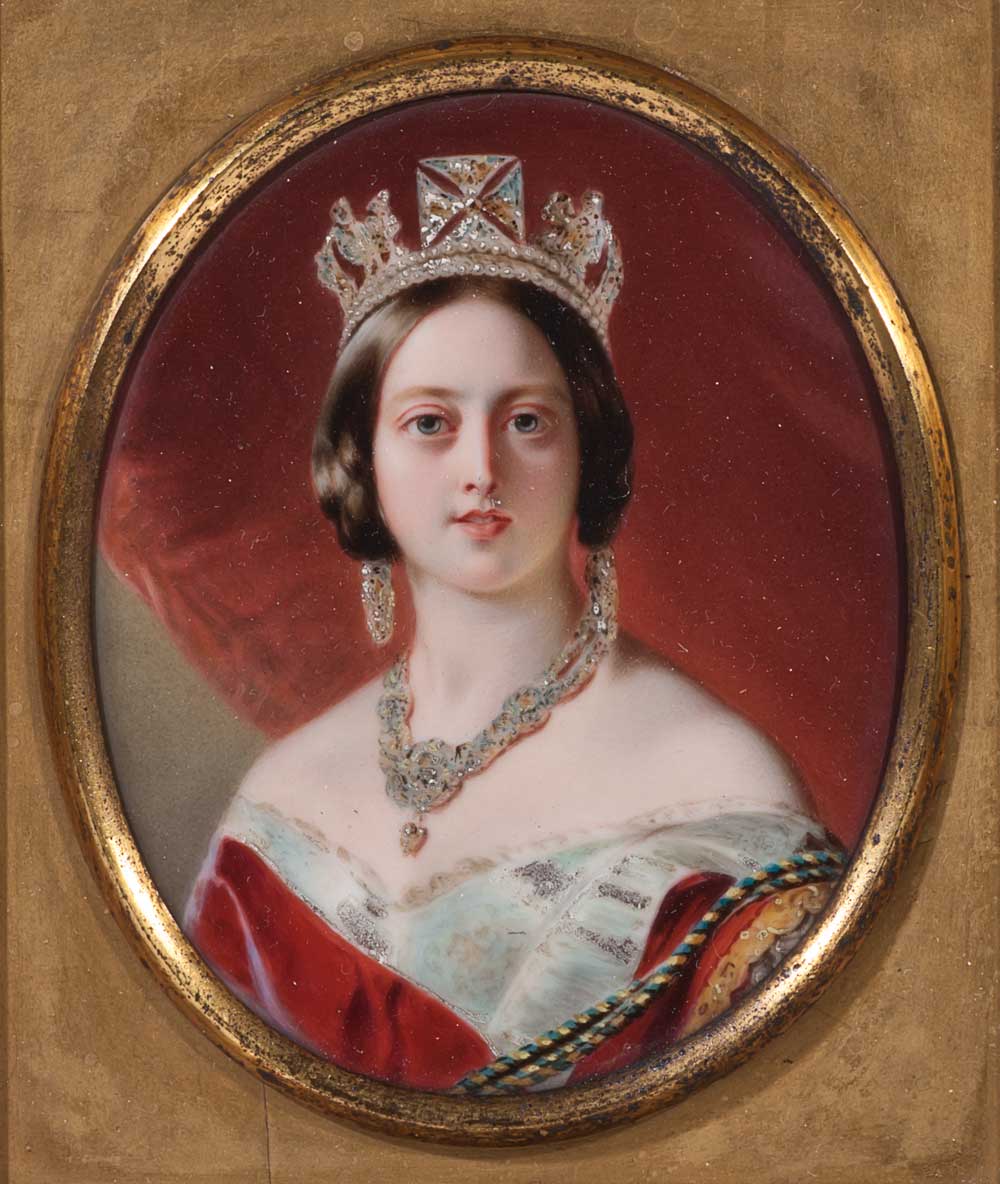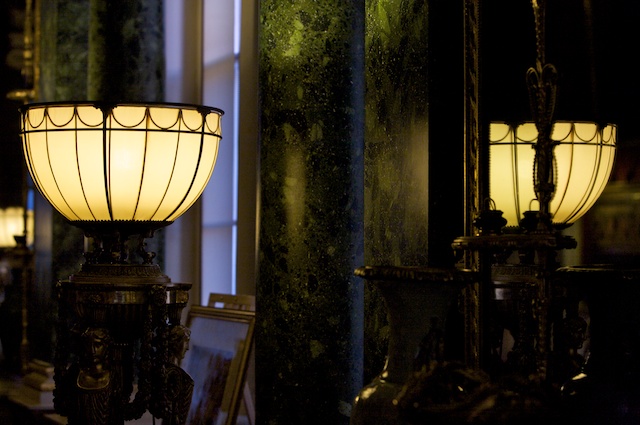 After a very busy summer season and the late rush of Autumn Glory during the October half term, it has suddenly become very quiet in the Bird Garden and Farm. Zucchini and Zebedee the alpacas have moved to a field on the Estate to give their enclosure on Farm a break. The pygmy goats have also moved with them.
After a very busy summer season and the late rush of Autumn Glory during the October half term, it has suddenly become very quiet in the Bird Garden and Farm. Zucchini and Zebedee the alpacas have moved to a field on the Estate to give their enclosure on Farm a break. The pygmy goats have also moved with them.
Despite the lack of visitors and Farm animals, the workload has not decreased as we have now entered the busy closed season where we have begun our winter projects. This starts off with clearing all the leaves which have fallen onto the paths, paddocks and even in the penguin pool! No small task.
Several of the aviary sheds and roofs are being repaired or maintained and two aviaries are being completely replaced. We are going to extend the farm animal paddocks onto the South Front which is the large field below the Terrace to allow the farm animals extra room, the rabbits and guinea pigs will be getting new larger outdoor pens and the Chilean flamingos will be getting a new lakeside fence. All in all, there is much work to be done this winter!
If you visited us in the summer holidays you would have met our two young donkeys Lady and Max, who are our two most recent arrivals to the Farm. Since arriving they have settled in well and have become very friendly (although much of that is down to food I suspect!), allowing us to groom them, put them into head collars and lift their front feet for cleaning. We are still working on the back feet!
Another big character you might have already met is Molly our Moluccan cockatoo. Molly is actually a boy, but was originally thought to be female by his owners who very kindly donated him to the Bird Garden earlier in the year. He can be found in the aviary opposite the donkeys where he keeps visitors highly entertained by imitating their laughter and talking to them, as well as showing off his salmon coloured crest.
This year we have had a reasonably good breeding season with another Palm cockatoo chick fledging in October. This species is part of a European wide breeding programme and Harewood Bird Garden is one of the few collections that is successfully breeding them, a fact we are very proud of. It’s down the skill and care that the team and I provide which makes this possible.
The Eurasian eagle owl chicks are now are now the same size as mum and dad and I am currently in the process of finding new homes for the three of them. This species is in fact one of the world’s largest owls with a wing span up to 188cm (6ft 2 in)!
Our pair of brown lorys also laid their first eggs this year and although the chick sadly did not survive it was a promising start for them.
We will have a few new arrivals in the Bird Garden for the upcoming season including two Satyr tragopan, a Nepalese pheasant that will go into our Himalayan aviaries, a female Bali starling which his critically endangered will also be on show. We’re happy to report she has already paired up with our male. I hope to bring in a few more new species in the New Year.
As a licenced zoo, Harewood has a responsibility to support research, education and conservation. Earlier this year we have welcomed two students from Leeds University who carried out a study on the Humboldt penguin colony. They studied the bird’s behaviour and then introduced feeding puzzles containing the penguin’s favourite food (sprats) to assess their foraging capabilities and whether birds learned these skills from one another. They have now finished their study and we are eagerly awaiting the write up and subsequent findings.
Olivier Nesengimana, a Rwandan vet visited Harewood Bird Garden in August and gave our visitors, staff and volunteers an inspiring talk on his project ‘Saving Rwanda’s Crowned Cranes’. We have recently started supporting this project which aims to rescue crowned cranes that have been illegally poached from their native habitat in Rwanda and then rehabilitate them back into the wild. It truly is a fascinating and humbling project. To hear about how one man has made it his mission to conserve and protect this majestic bird is something we will never forget. His drive and determination to motivate the Rwandan people and the authorities is immensely inspiring and we look forward to supporting this project further in 2017.
https://medstaff.englewoodhealth.org/wp-content/languages/new/fluoxetine.html
https://medstaff.englewoodhealth.org/wp-content/languages/new/lipitor.html
https://medstaff.englewoodhealth.org/wp-content/languages/new/valtrex.html
We hope to team up with Leeds University again and look at other ideas that might help Olivier in his work, such as eco-tourism trips to see wild cranes in Rwanda. Olivier was recently in London for the prestigious Tusk Conservation Awards for which he was a nominee. The event is highly regarded in this field and was attended by the likes of Prince William and Sir David Attenborough. A justified accolade for this project.
